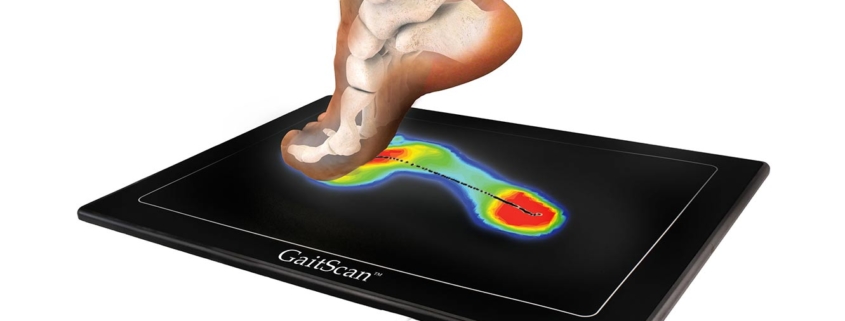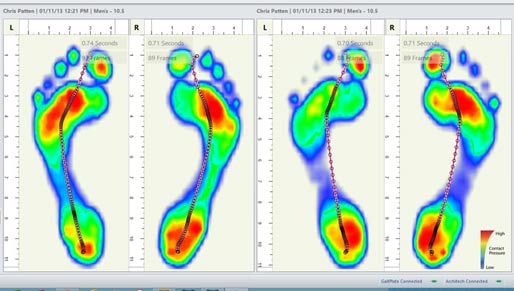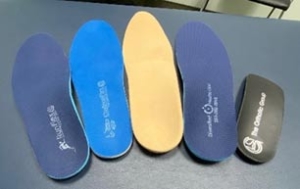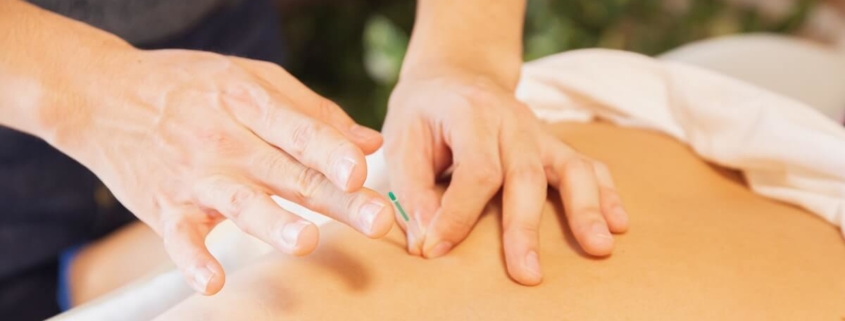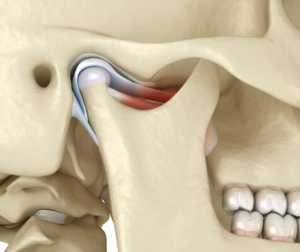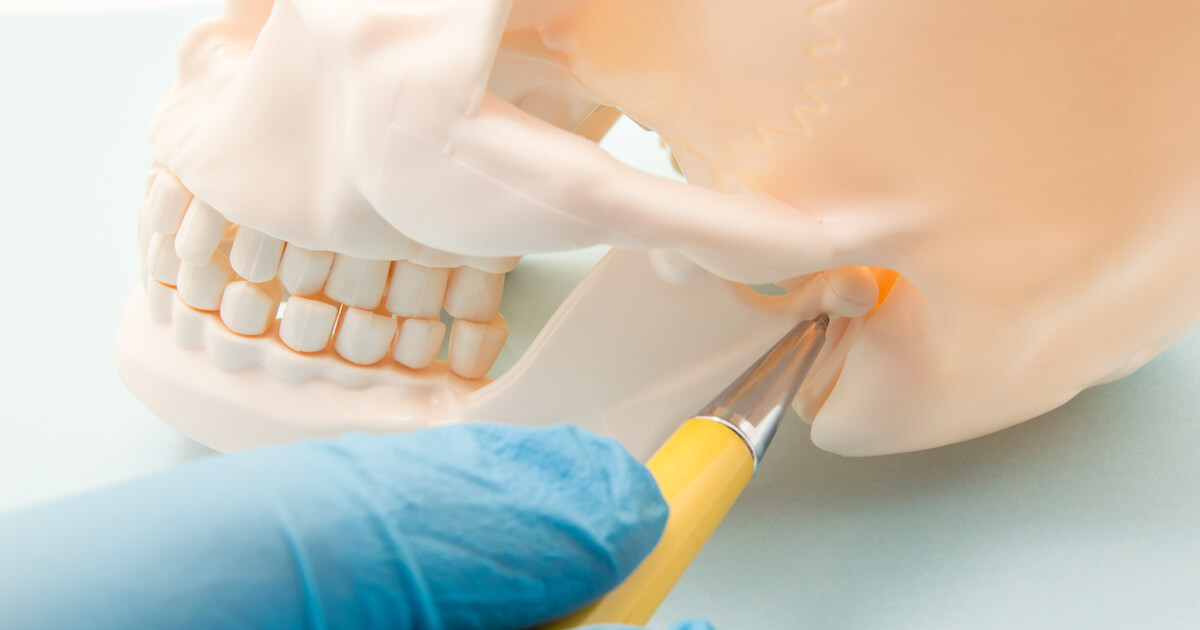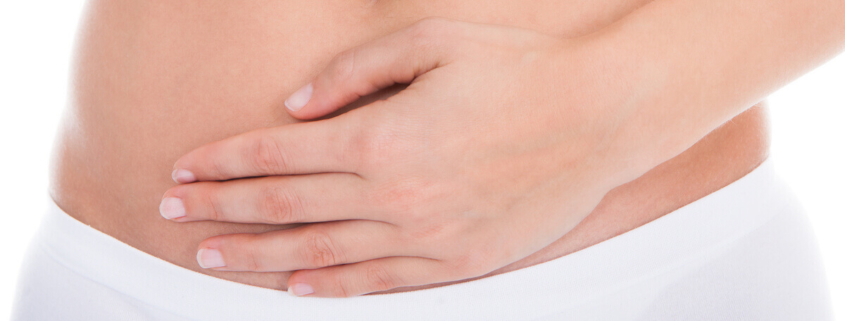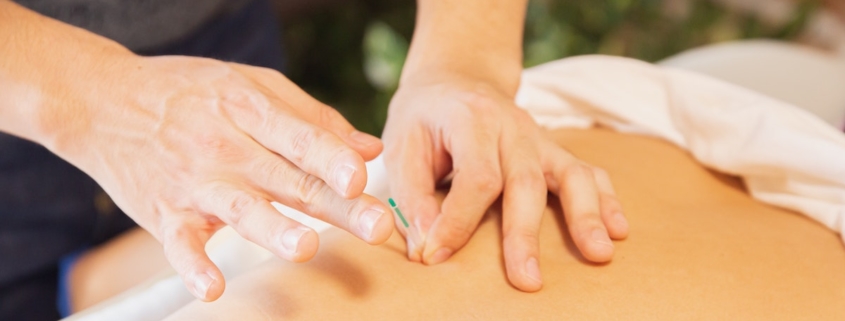Being in a car accident can be a scary and overwhelming experience that can cause lasting injuries. This is why it is important to understand what your injuries are and what treatments are available to you. One result of trauma when you are involved in an accident is the release of endorphins that can act as a painkiller to mask your injuries and pain. Most muscle pain and stiffness will typically occur in the first 24 hours but can take as long as 7-10 days to present. For this reason, it is important to seek medical attention within the first 24 hours of your accident.

After seeking medical attention, the next step is to contact ICBC to report the accident and start your claim. ICBC will assign you a claim number and a care team to help assist with your recovery. For more information on how to report a claim to ICBC, please click here.
With your approved ICBC claim number, you will have access to several pre-approved treatments that will assess and treat any injuries from your accident under the new Enhanced Care Program.
ICBC Enhanced Care Program
ICBC recently moved to their enhanced care program in 2021, which gives drivers, passengers, pedestrians, or cyclists enhanced recovery benefits. You will have access to pre-approved treatments within the first 12 weeks of the accident date for chiropractic, physiotherapy, registered massage therapy, kinesiology and acupuncture without the requirement of a doctor referral. This means ICBC will be directly billed for treatments with little to no out-of-pocket expense to you. At the end of the 12 weeks or the pre-approved treatments, our practitioners can complete a treatment plan to request additional pre-approved treatments if needed.
Recovering From Your Injuries: How many pre-approved treatments do you get?
The number of pre-approved treatments will vary depending on the treatment modality. Within the first 12 weeks of the accident date, you are pre-approved for 25 chiropractic and physiotherapy treatments, and for 12 registered massage therapy, kinesiology, and acupuncture treatments.
What can our team at Diversified Health Clinic do?
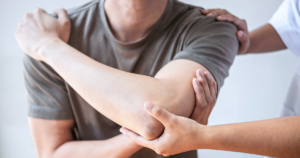 Our multi-disciplinary team will work with you, with the ability to collaborate across treatment modalities to ensure you are getting the best treatment results. Our Diversified Health Team can evaluate, diagnose, and treat a wide range of conditions and injuries including:
Our multi-disciplinary team will work with you, with the ability to collaborate across treatment modalities to ensure you are getting the best treatment results. Our Diversified Health Team can evaluate, diagnose, and treat a wide range of conditions and injuries including:
- Headaches, concussion
- Whiplash and neck pain
- Back pain
- Chronic pain
- Numbness, tingling and nerve damage
- Muscle spasms or weakness
- Surgical recovery
- Disc herniation and bulging
- Soft tissue injuries
- Hip, knee and/or joint pain
- Sprains, strains, and fractures
Our valued team of practitioners will assess and create a personalized treatment plan to get you back to your pre-accident self. Our talented Chiropractors, Physiotherapists, Acupuncturists, Registered Massage Therapists, and Kinesiologist have a vast array of treatment knowledge at their disposal along with state-of-the-art technology such as:
Contact our clinic to find out more about ICBC related treatments at 250-382-0018 or book online today.
#ICBC #caraccident #accidentrecovery #physiotherapy #kinesiology #chiropractor #acupuncture #registeredmassagetherapy #victoriabc #whiplash #carinjury #mva




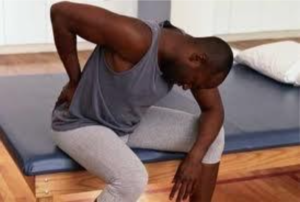 If you have been struggling with chronic back, neck or sciatic pain, you do not have to live with the pain! spinal decompression therapy is a painless, non-surgical, drug-free way to help relieve chronic back, neck and sciatic pain. Continue reading to learn how spinal decompression works and why it’s an option worth exploring.
If you have been struggling with chronic back, neck or sciatic pain, you do not have to live with the pain! spinal decompression therapy is a painless, non-surgical, drug-free way to help relieve chronic back, neck and sciatic pain. Continue reading to learn how spinal decompression works and why it’s an option worth exploring. 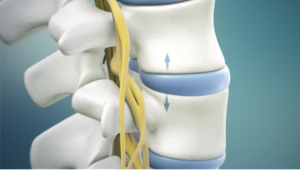
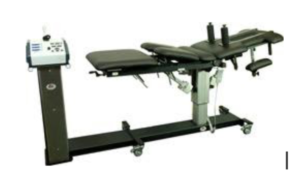
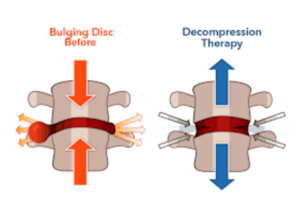
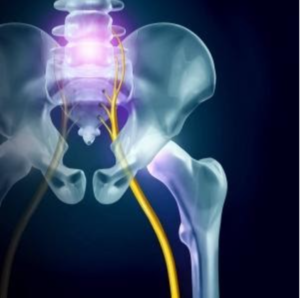

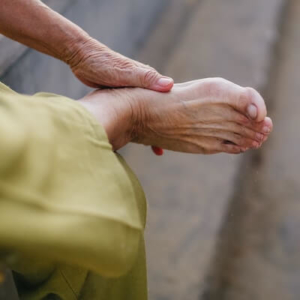

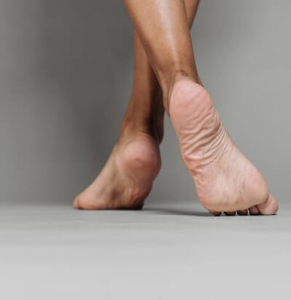 Unlike off-the-shelf insoles and inserts, custom orthotics are created from exact molds of your feet that are taken after a thorough biomechanical assessment and Gait Analysis that examines your feet and posture when standing and walking. Making orthotics from an exact mold ensures the correction offered by your orthotics is just enough, providing support specifically where your feet need it without interfering with the healthy dynamics of your feet.
Unlike off-the-shelf insoles and inserts, custom orthotics are created from exact molds of your feet that are taken after a thorough biomechanical assessment and Gait Analysis that examines your feet and posture when standing and walking. Making orthotics from an exact mold ensures the correction offered by your orthotics is just enough, providing support specifically where your feet need it without interfering with the healthy dynamics of your feet.